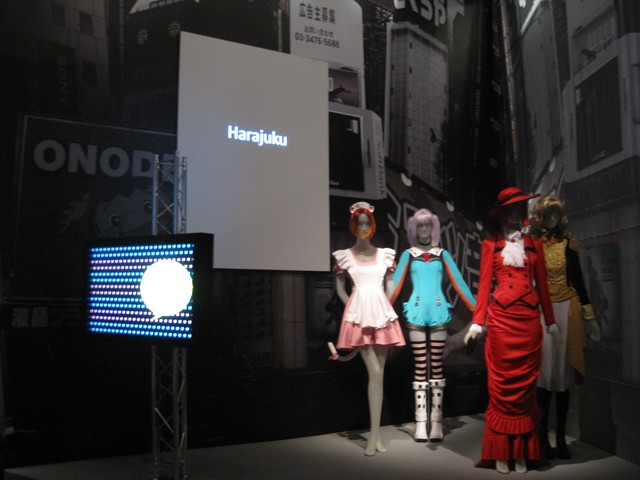
Museums have always struggled to compete with the draw of emerging technology. Prior to the internet explosion, objects found in museum collections were once only accessible in two forms: viewed in person, or in print publications. Yet people no longer have to rely on these mediums when websites like Artstor and Wikipedia hold in-depth information at their fingertips. Technology, as always, rapidly changes the ways in which people learn. Is its implementation in exhibitions vital to the survival of museums as we know it?
Many institutions are slow to take on new technology for several reasons. Funding is the main issue, but older administrations wish to preserve the traditional sense of museum collections - their physical selves put behind glass or secured displays, to educate and entertain the public. The installation of technology into this arena is a scary feat for those who take care of the same exhibition displays their grandparents enjoyed (a la the American Museum of Natural History). This ethical dilemma, although valid, is hurting arts-related industries around the world.
Luckily, visionaries like Valerie Steele at the Museum at FIT have begun to change the way exhibitions serve the public. The latest installment at the New York facility, Japan Fashion Now, holds contemporary pieces from Japanese designers ranging from haute couture to streetwear - a brilliant move diversifying the Western sense of Japanese dress. The exhibition design is overwhelming as well. Actual photos taken by Steele's husband on their trip to Japan run floor to ceiling, and are meant to convey a feeling that one is standing in Tokyo's busy metropolis.
The most eye-catching feature however, is undoubtedly several high-definition television screens separating each section of the exhibition. These act as didactic labels, inter-spliced with cultural subjects such as language, music videos, interviews and more photos of Japanese fashion. This clear, fast-paced display holds the viewer's interest and allows a plethora of information to be introduced without cluttering the exhibition area.

MFIT has also undertaken several web advancements to generate interest and study. Their newest endeavor, an interactive website in collaboration with Synthescape Art Imaging, creates a competitive edge in the museum PR world. Web surfers can view three objects from the exhibition more intimately than if they were to visit the actual locale. The amazing photographic technology allows visitors to zoom-in incredibly close to view object details (an important aspect of Japanese fashion), both front and back (provided by the rotation button). Not only is the site fun and interesting, but fashion students around the world get a chance to study every stitch, knit and detail of these objects whenever, wherever.
Several museums have introduced items like interactive television displays, phone-based audio tours, high-definition films, video/computerized labels and PC education stations, but none that I have been to thus far have melded the relationship together as well as MFIT has. Perhaps it is because technology and Japanese Fashion share the common concept of "cutting edge," but I believe MFIT is on to something here. The needs of museum-goers are quickly changing with every instantaneous internet application that is developed. If they can't compete with home-based art and science education, they might as well join 'em.
What are some other examples of the interesting and effective uses of technology in museums? Is this sort of technology suitable for all kinds of exhibitions, or just contemporary-based ones? Should institutions work harder to cater to this age of technology, or are the objects still enough of a draw on their own? I'm highly interested in hearing your thoughts and relevant examples.
Photos courtesy of DNAinfo: Manhattan Local News.
Hi,
ReplyDeleteMy name is Katarina Kuruc. I am second year PHD student in Communication at Carleton University and I am pursuing research in fashion as a form of communication particularly during communism in former Czechoslovakia...I came across your blog in the midst of writing my second comprehensive exam and I had to let you know that I am absolutely delighted! I cannot believe I did not discover it earlier-not only are you a fantastic writer, but it's such a pleasure to discover a fellow lover of fashion theory. I would love to pick your brain about some of your thoughts so if you would like, please contact me at: katarina.kuruc@gmail.com
Thanks and I hope to hear from you!
K
PS sorry I left this as a comment but I could not find your email address on your blog.